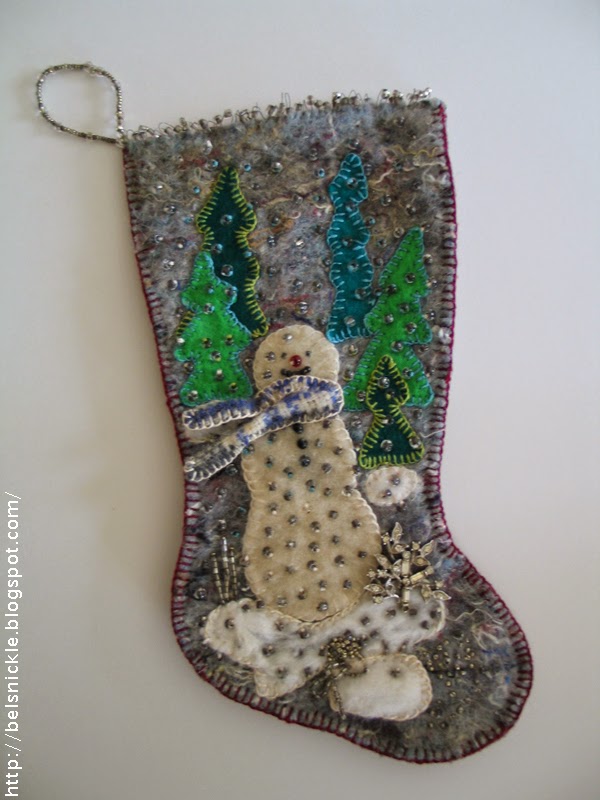"A friend loves at all times, and a brother is born for adversity." Proverbs 17 : 17
The angels' song, "On Earth Peace, Good Will Toward Men," can also be translated "peace to men of good will." This version is timely, as well as correct for the Greek. For peace can and shall come to men of good will, and it cannot come to men of bad will.
Who is the man of good will? It is he who has a choice of happiness, of righteousness, of goodness for all men. It is he who desires that men may be blessed, and who tries to make the desire effective. The man of good will does not hate. Neither does he incarnate hate in any weapon offensive or defensive. He is free from revenge, and is full of forgiveness for the penitent, He may not forget injuries, but, what is more important, he is eager to make injury the occasion for helping the offender to overcome the evil within the heart or will out of which the injury sprung. He is capable of mighty indignations, but he does not suffer himself to be conquered by them. Without being impassive, he is calm in the face of wrong, and he is very patient, being more willing to be the victim than the agent of evil. His hatred of all sin and his love for the man who, despite his manhood, is guilty of sin, are alike strong and lasting. He is free from suspicion, he thinketh no evil. He loves his neighbor, not only as himself, but even more, being more eager to do justice then to receive justice.
The qualities and elements which constitute the man of good will also constitute the commonwealth of good will.
Such a commonwealth is a commonwealth peace. Willing good to others, others will good also to it. Armaments in such condition have no longer any function to play, and they melt away. The battle flags are furled. Wars cease and rumors of wars are not heard. Men become brothers in mutual service and happiness, as they are brothers in origin and destiny. Charles F. Thwing
Every year Journey Church, St. Louis gives to Mission St. Louis' Affordable Christmas. What a happy celebration these parents are given through the ever expanding hearts of the volunteers and contributors of this program. Come share God's joy with the children of St. Louis this year by visiting Mission St. Louis here and at their website here.
Every year we learn more and more about our neighbors and friends. We learn how to encourage, prosper and invest in others through kindness, education and joy.



















































